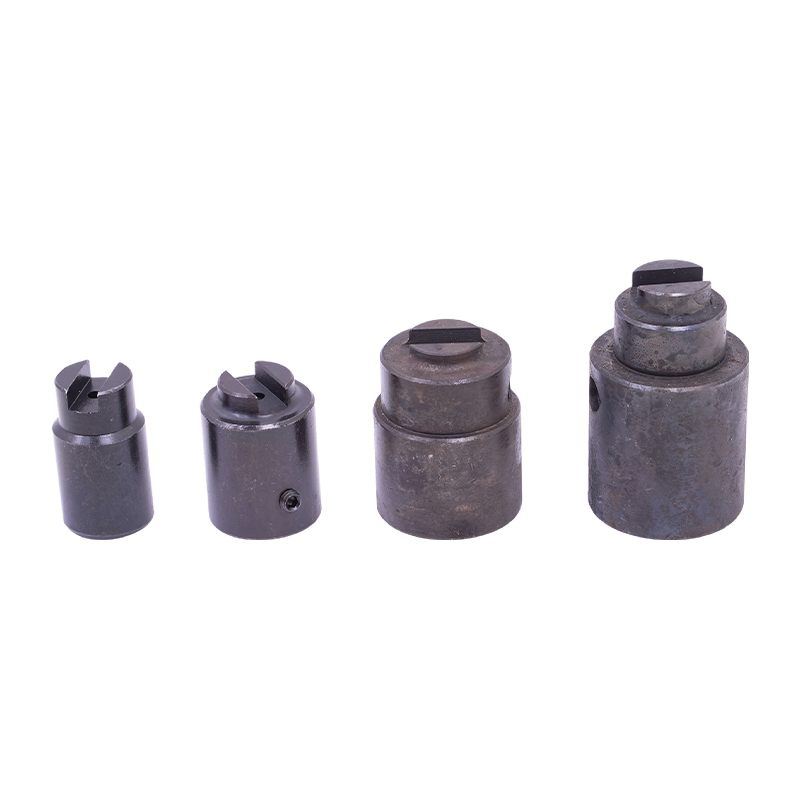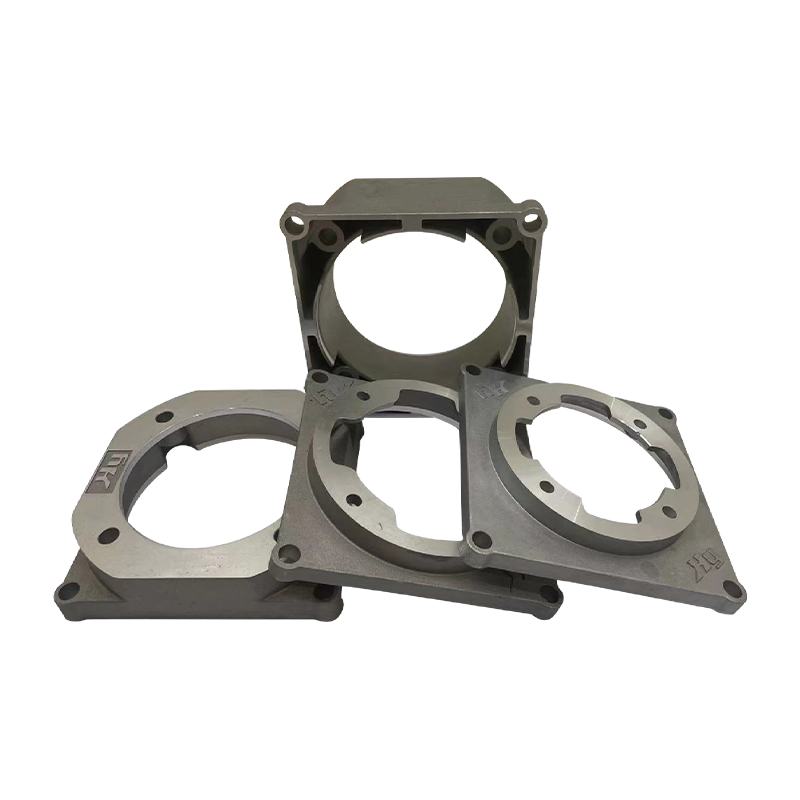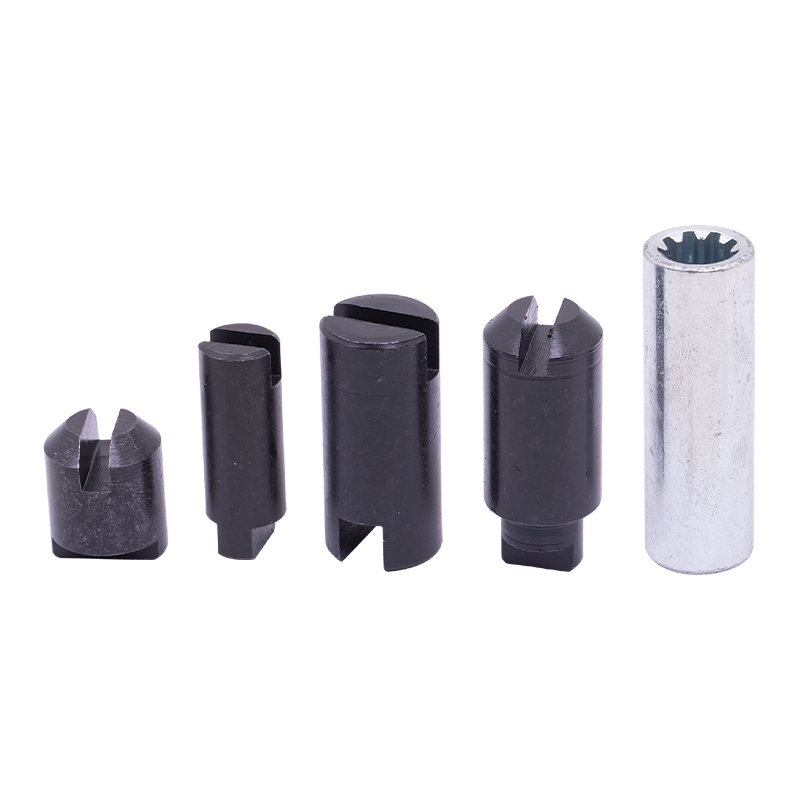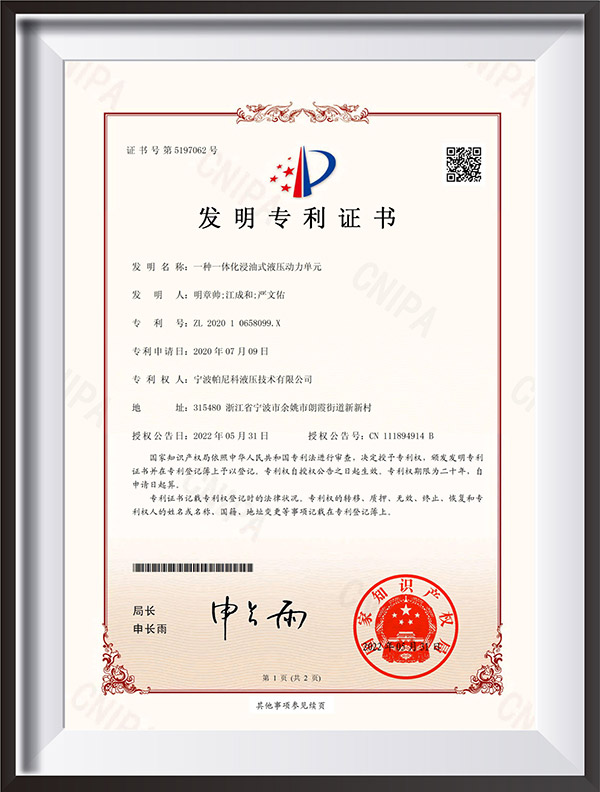Flexible couplings are key components for connecting two shafts and transmitting torque. They can compensate for the relative displacement (radial, axial, and angular displacement) of the two shafts, and have the ability to buffer and reduce vibration to ensure stable operation of the transmission system.
CORE ADVANTAGES
Displacement compensation: It can resolve the radial, axial, and angular deviations of the two shafts and reduce the requirements for installation alignment.
Buffering and vibration reduction: The elastic element absorbs impact vibration and protects the equipment from load fluctuations.
Strong adaptability: The structure is diverse, adaptable to different speeds and torques, and compatible with a variety of working conditions.
Easy maintenance: The elastic element is easy to replace, and the overall oil and corrosion resistance extend the service life of the equipment.
APPLICABLE SCENARIOS
Automation equipment: robots, servo systems, etc., to compensate for installation errors and ensure precise operation.
General machinery: pumps, fans, compressors, etc., to buffer load fluctuations and reduce component wear.
Frequently started and stopped equipment: production line conveyor belts, packaging machinery, etc., to alleviate startup shock.
Complex working conditions: scenarios with vibration and displacement, such as construction machinery and agricultural machinery transmission systems.


 English
English 中文简体
中文简体 русский
русский




















